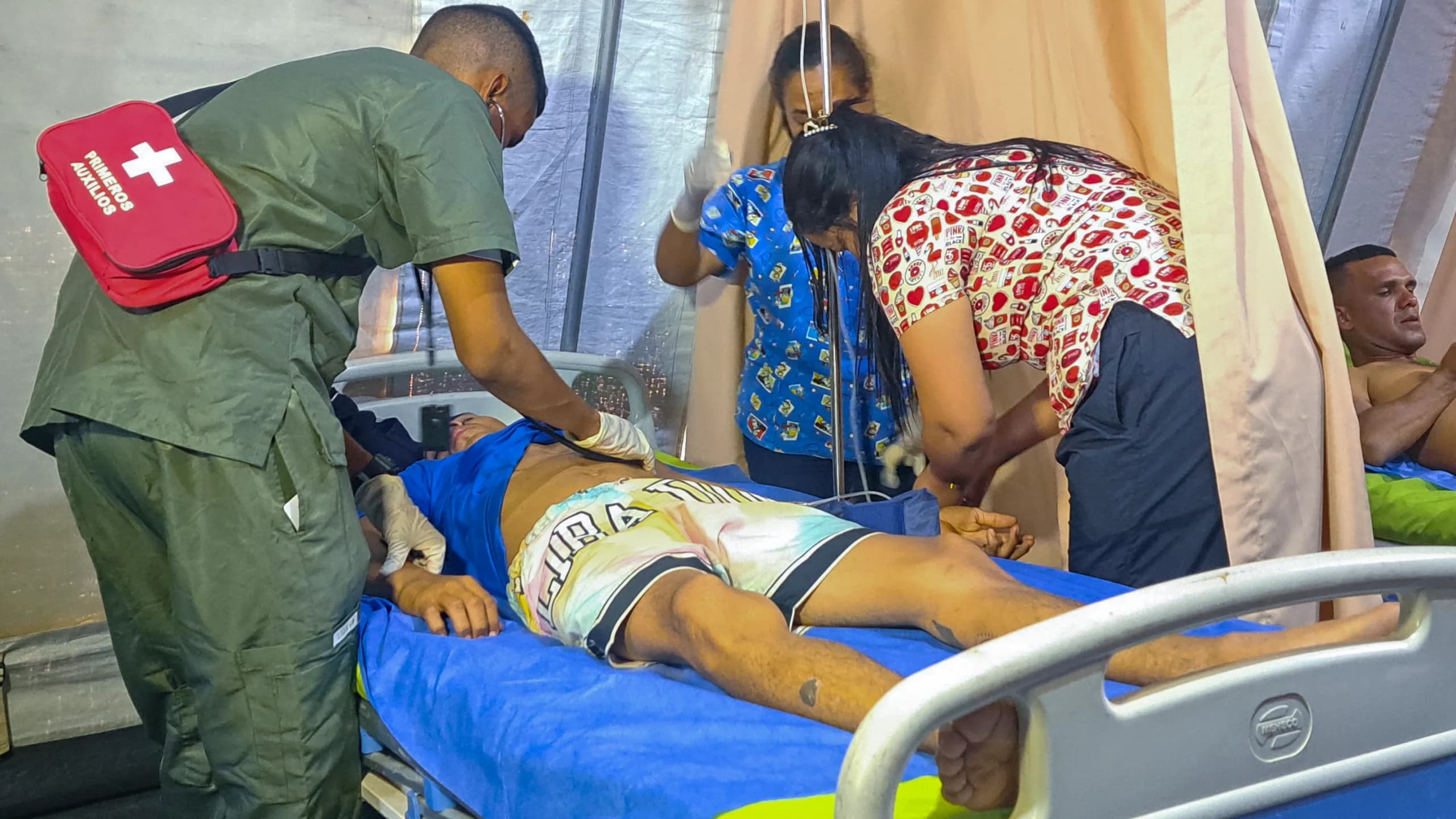Loading News Article...
We're loading the full news article for you. This includes the article content, images, author information, and related articles.
We're loading the full news article for you. This includes the article content, images, author information, and related articles.
Fourteen people have died in a gold mine collapse in El Callao, Venezuela, following severe rainfall, highlighting the perilous conditions in the region's unregulated mining sector.

At least 14 individuals have been confirmed dead after a gold mine collapsed in El Callao, a town in southeastern Venezuela, on Monday, October 13, 2025. The tragedy, attributed to torrential rains, underscores the inherent dangers within Venezuela's largely unregulated mining industry, where safety protocols are often minimal.
Authorities in Venezuela's Bolívar state reported that the fatalities occurred across three different shafts of the 'Cuatro Esquinas de Caratal' mine, located approximately 850 kilometers (528 miles) southeast of the capital, Caracas. Brigadier General Gregory González Acevedo, head of the Operational Zones for Damage Assessment and Needs Analysis (ZOEDAN) in Bolívar state, is leading a command post established to coordinate recovery efforts for the deceased.
El Callao is a community heavily reliant on gold mining, with a significant portion of its estimated 30,000 inhabitants directly or indirectly involved in the industry. Venezuela possesses rich deposits of various minerals, including copper, diamonds, and other precious metals. However, the mining sector is often characterized by unsafe working conditions and a lack of stringent regulation.
Previous incidents have highlighted the risks. In June 2023, a gold mine in El Callao, the Talavera mine, experienced a collapse due to heavy rains, resulting in 12 deaths and 112 survivors. Advocacy groups and international organizations, including the United Nations, have previously raised concerns about human rights violations in Venezuela's mining regions.
Search and rescue operations commenced with the crucial task of pumping water out of all affected shafts to reduce water levels, thereby facilitating rescue efforts for any individuals who may still be trapped. The initial death toll was based on testimonies from other miners and reports from firefighters in El Callao via social media. Flooding is understood to have caused the collapse of the vertical mines, locally known as ravines.
The recurring nature of such incidents poses significant risks to the lives and livelihoods of communities in mining-dependent areas like El Callao. The reliance on informal mining practices, often in rudimentary tunnels, exacerbates the dangers, particularly during periods of heavy rainfall. The lack of robust safety measures and oversight in the unregulated sector leaves miners vulnerable to fatal accidents.
Further updates are expected as rescue and recovery operations continue in El Callao. The focus will remain on the progress of these efforts and any potential changes to the reported casualty figures. This incident may reignite calls for greater regulation and improved safety standards within Venezuela's mining industry.
Keep the conversation in one place—threads here stay linked to the story and in the forums.
Other hot threads
E-sports and Gaming Community in Kenya
Active 6 months ago
Popular Recreational Activities Across Counties
Active 6 months ago
The Role of Technology in Modern Agriculture (AgriTech)
Active 6 months ago
Investing in Youth Sports Development Programs
Active 6 months ago